We bring you eight key areas to tackle if you want to get started on the path to sustainable living.
Over the last 18 months, we have noticed a huge increase in interest in sustainable living, self-sufficiently, permaculture and greater self-reliance.
It’s not just at Pip that we’re witnessing the growing awareness that sustainable living is the only way forward.
On Google, search terms like “sustainability”, “sustainable lifestyle” and “carbon footprint” have all seen a huge rise since the onset of the Covid-19 pandemic, which indicates that more and more people are becoming aware of how the natural world and it’s health is inextricably linked to our own health.
It’s clear that tackling climate change is not an issue we will have to face in the far-off future, it’s one we have to face right now, as the rise in natural disasters raging with ever-increasing intensity around the world attests. Not to mention the sixth assessment report from the Intergovernmental Panel on Climate Change (IPCC), which paints a sobering picture of the effects global warming is already having on our lives.
On an individual level, there are small steps we can all take to do our part to help heal our planet, or at least reduce our burden on in it.
However, with work pressures, family commitments and the minutiae of everyday life to contend with, doing “all of the things” may feel impossible.
So we’ve broken down the key sustainable living goals into eight key areas. You don’t need to do every single step, but simply choose the one (or two) that speaks to you the most.
It could be tackling the plastic waste your household generates by shopping at a bulk foods store, farmers’ market or food co-op instead of a supermarket. Or perhaps you’ve had your eye on an eBike for a while, but haven’t had the time to do the research on their efficiency.
Most importantly, don’t let yourself get overwhelmed – small everyday steps soon become second nature and then you can choose to move onto the next area to tackle (or not). But trying to do everything at once will only see you develop sustainable living fatigue. Not what we need to pave the way for a more sustainable future!
Here are the eight ways to live a sustainable lifestyle…
Adopt plastic-free living
If you’re a long-time reader of Pip then you’ll know we’re huge advocates for limiting plastic use.
We brought out a dedicated plastic-free and waste-free focused issue of Pip Magazine (Issue #14), we ran our own Plastic Free July challenge that people could sign up to, and we even held a plastic free-focused event with zero waste champions Lauren and Oberon Carter, authors of ‘A Family Guide to Waste-Free Living’, and Erin Rhoads, author of ‘Waste Not’.
We acknowledge that it can be difficult to live without plastic completely, so rather than committing to totally eradicating this material from your life, why not pick one or two areas to start making changes and continue from there?
We’ve got loads of great resources on how to limit plastic use. In fact, we have a whole article which outlines 64 small and easy ways you can reduce plastic use at home. You’ll find advice on things like how to make your own dairy products such as feta cheese, ice cream, butter and yoghurt, how to make your own greaseproof baking paper, and how to swap cling wrap for beeswax wraps.
You’ll also find recipes for DIY citrus cleaner, plastic free deodorant and even a chook food recipe.
Start eating an earth-friendly diet
Growing your own food is one of the simplest (and we think easiest) ways to have a sustainable diet. That’s why so much of our content is dedicated to just this… we are a permaculture magazine after all!
Head to the Grow section of our website to start learning everything from how to grow food from seed or start a food forest to making your own potting mix or practice regenerative agriculture at home (we provide a deeper dive into this in Issue #19 of Pip).
Listen to our podcast with Fabian Capomolla, aka the Hungry Gardener, who shares his expert tips for composting, space-saving designs, feeding your soil and growing seedlings. He also discusses the importance of growing your soil, and how gardening can connect your community.
And pick up pretty much any issue of Pip mag – each issue we bring you advice on growing particular foods, whether brassicas (#10), tomatoes (#12),, carrots (#13), corn (#18) or peas (#21), as well as provide monthly gardening guides for every climate across Australia.
As for the debate around the ethical ramifications of vegan diets versus eating meat – we’re not going to try to sway you either way. But what we will say is that introducing some meat-free days into your weekly meal plan, and sourcing meat raised using regenerative practices if you are a meat-eater, are two ways you can help reduce your carbon footprint when it comes to food. We look into how you can eat an earth-friendly diet in detail in Issue #17 of Pip.
Tackle your food waste
Did you know, globally, roughly one third of the food produced for human consumption every year gets wasted? That’s approximately 1.3 billion tonnes worth of food waste that ends up in landfill, emitting harmful greenhouse gases.
Food wastage occurs throughout the entire food supply chain – from fruit that is discarded when harvested due to supposed “flaws”, to the wilted spinach that you throw into your bin at the end of the week.
Not only is the food itself wasted, so too is the labour, water, energy, land and other natural resources that went into producing that food in the first place.
While as consumers we may be somewhat limited in what we can do to reduce food waste further up the chain, when it comes to reducing that waste in our homes, we can certainly take steps to reduce it.
These include:
- meal planning;
- storing food correctly so it doesn’t go off;
- ensuring all leftovers get eaten, and;
- eating vegie and fruit parts you may never have thought of consuming before (like pumpkin skins and broccoli leaves).
Even if you’ve managed to reduce your overall food waste in your home you will still need to dispose of food scraps at some point.
If you’re a complete novice when it comes to composting, then check out our beginner’s guide to composting, our beginner’s guide to worm composting or watch our video on food composting. We’ve also got a guide to making quick compost and show you how to make a compost powered shower.
And if you’re really committed to dealing with your “waste”, then watch our video on how to set up a composting toilet!
Become water wise
There is so much focus on reducing general, plastic and food waste, but have you stopped to consider how much water waste may be occurring in your home?
For those in drought affected areas this is always front-of-mind, but for others, limiting water use may not be an issue that you’ve given much thought to.
The UN has stated that water is the primary medium through which we will feel the effects of climate change. Water availability is becoming less predictable in many places, and increased incidences of flooding threaten to destroy water points and sanitation facilities and contaminate water sources.
With over 1.1 billion people worldwide lacking access to water, it puts our privilege into focus when we consider that for most of us, the biggest thought we give to accessing water is turning on a tap.
With this in mind, we’ve got plenty of ways you can reduce your water waste at home. You could reuse your household greywater – a simple method of wastewater recycling that can be adopted by anyone who has a patch of earth to irrigate, from small inner-city gardens to large-scale rural properties.
You could follow these 10 tips for a water wise garden during the warmer months, build some wicking beds in your vegie patch, set up your own rainwater tank at home, or even set up your own composting toilet.
Build a sustainable home
Anyone who has even a cursory interest in sustainable living no doubt dreams of creating the perfect home which encompasses all the elements of eco-friendly design – natural building materials (Pip #6), earthen floors (Pip #21), even a natural swimming pool (Pip #9).
We’ve got plenty of inspiration when it comes to creating a home that facilitates sustainable living. You could try building your own cool room, greenhouse, earthbag structure or cold frame.
Or even consider building a “tiny home” (check out our podcast with Adam Hickman, a carpenter who has built many, many tiny houses! We also interview Adam in Issue #6 of Pip).
We recognise that not everyone has the luxury of owning their own home to make these sustainable building options a reality.
In fact, almost one in three Australians live in rented accommodation, so it’s more important than ever to ensure sustainable and permaculture practices are not just implemented by those who are homeowners.
Even if you’re renting, there are plenty of simple and reversible things you can set up in your home to make positive environmental impacts (which will also keep living costs down). We delve into this in detail in Issue #19 of Pip or head to our article on the 7 ways to make rental gardening work.
Consider your transport options
Greenhouse gas emissions from transport have recorded the highest rate of growth of any sector in the last 30 years. The key to changing the projected trajectory, which forecasts continued growth through to 2030, is about finding cleaner transport solutions.
According to the Climate Council, Australia is the second-largest producer of greenhouse-gas emissions in the world and transport is our second-largest source of pollution. And while electric-powered vehicles are the most obvious and effective solution, in this country, it’s an industry still very much in its infancy in terms of technology, efficiency and consumer affordability.
Compared to many other global markets, Australia’s uptake of electric-powered vehicles has been low. It’s a result largely driven by short-sighted government policy removing incentives to switch to low-emission transport. But there’s plenty of misconceptions surrounding the day- to-day realities of electric vehicle ownership, too, which could be causing Australians to shirk what’s an otherwise simple answer to a worsening problem.
Pick up Issue #20 of Pip for an-depth guide to the different sustainable transport options available to you, or if you already know an eBike will solve your transport issues, head to our article on everything you need to know when buying an electric bike.
Shop locally… and ethically
While we all recognise that cutting down our transport miles (by cycling, using public transport or opting for an electric car) is crucial to keeping our carbon footprint down, many of us fail to consider the miles racked up from the various items that we buy – whether food, household goods or clothing.
Buying locally – especially food – reduces the environmental impact of those goods. There is nothing sustainable about buying peaches from China when you can source your own down the road from your local food co-op (or grow them in your own backyard!).
If you want to learn more about a “fair food system” head here, learn the 10 ways you can help create a fair food system or pick up Issue #5 of Pip.
When it comes to goods other than food – whether clothing, kitchenware or books – head to our Fair Traders page, where we feature brands which align with our permaculture values of earth care, people care and fair share. These are all ethical companies producing good quality products that don’t harm the planet, but instead aim to improve it.
Think about divestment
Have you ever considered how your money is being used beyond your daily transactions? Every day your money is being loaned and invested into corporations and industries. In return, you receive interest payments and hopefully accumulate more wealth.
Recognising that your hard-earned dollars don’t sit idle in your bank or superannuation account and making well-researched and ethical decisions about where your money is invested means your money can be as ethical as you and support a sustainable future.
To align your money with your ethics, you need to take control of what your money is funding and divert it into other industries. It’s a practice called divestment.
In Issue #19 of Pip we provide easy to understand info on why and how you can start “divesting” from financial institutions that are harming the planet, and putting your hard-earned into places where it will do good.
You can also check out our short guide on how your money can help save the planet.
Want more ways to live sustainably?
One of the simplest ways you can help to reduce your carbon footprint is by living a self-sufficient lifestyle.
Learning simple, everyday skills – such as baking your own bread or mending your clothing – can go a long way to being more self-reliant and therefore, kinder to the planet.
With this in mind, the Pip team have put together our special video series called Simple Skills for Self-Sufficiency.
Over 14 videos, we impart the skills you need to become more self-sufficient. We show you how to grow and forage for food, and how to make household staples like sourdough bread, yoghurt, passata, bone broth and kombucha. We look at how to manage your own waste, mending, and how to make natural cleaning and beauty products from scratch.
Click here to view the complete series.

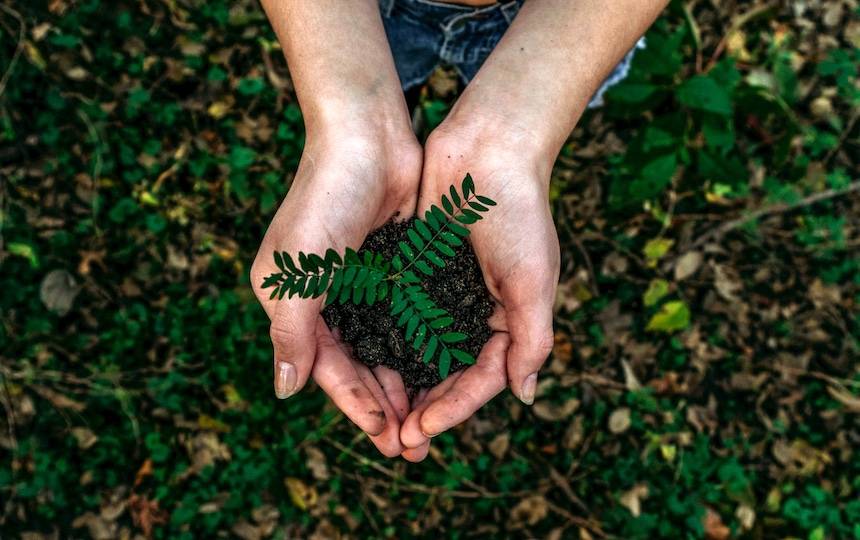
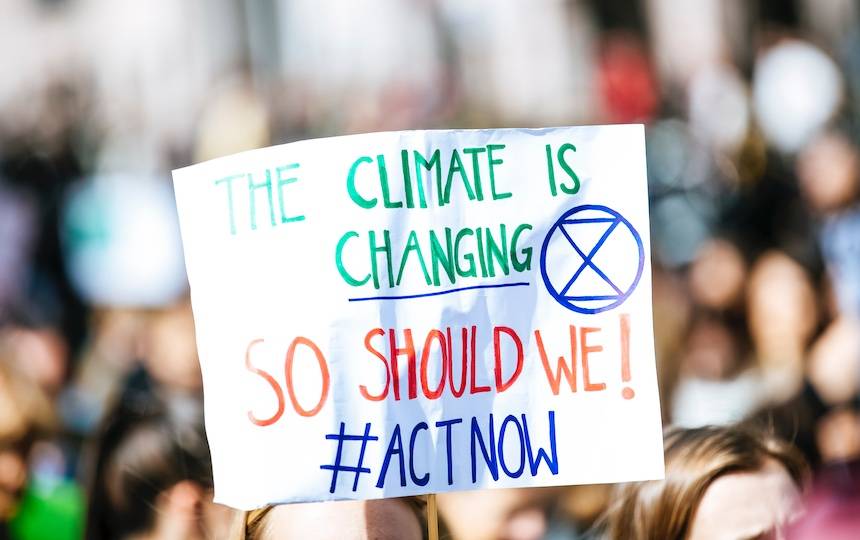
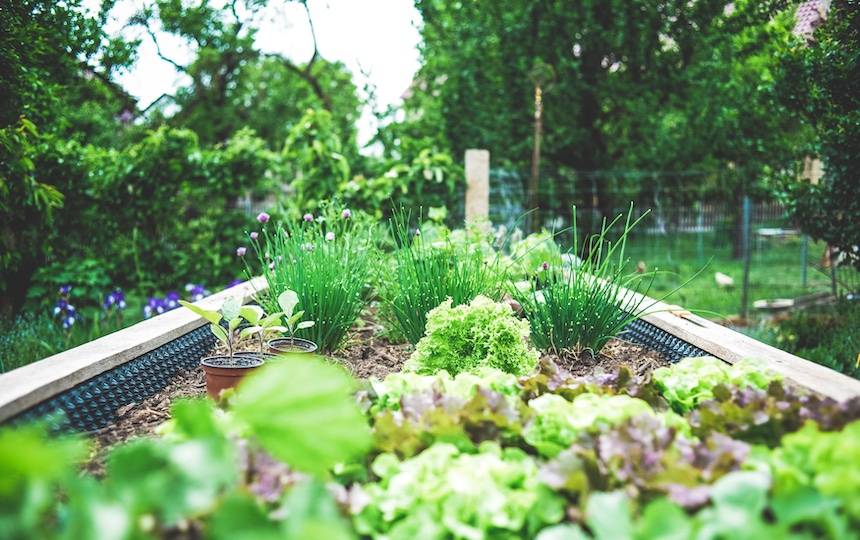
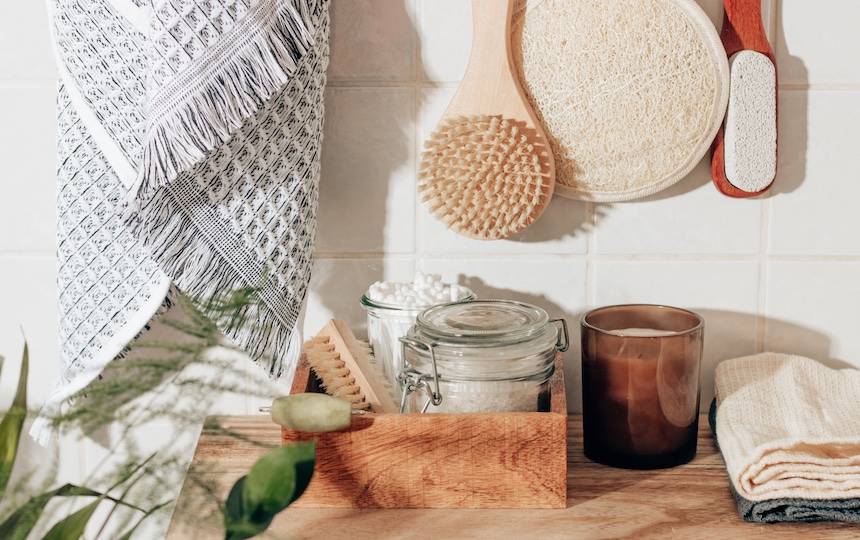
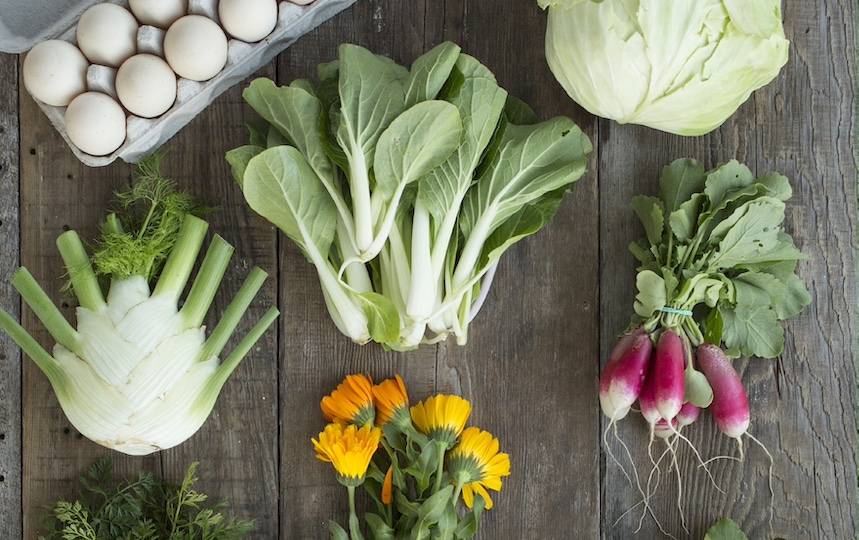
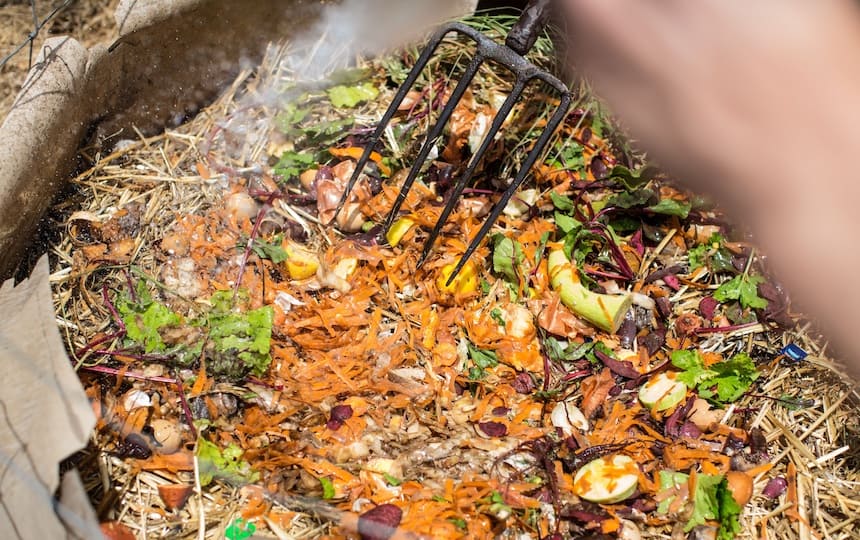
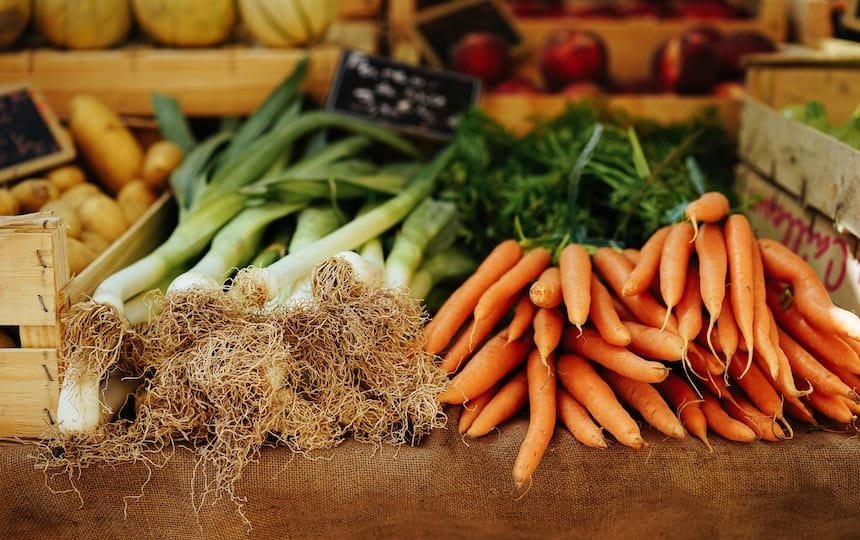
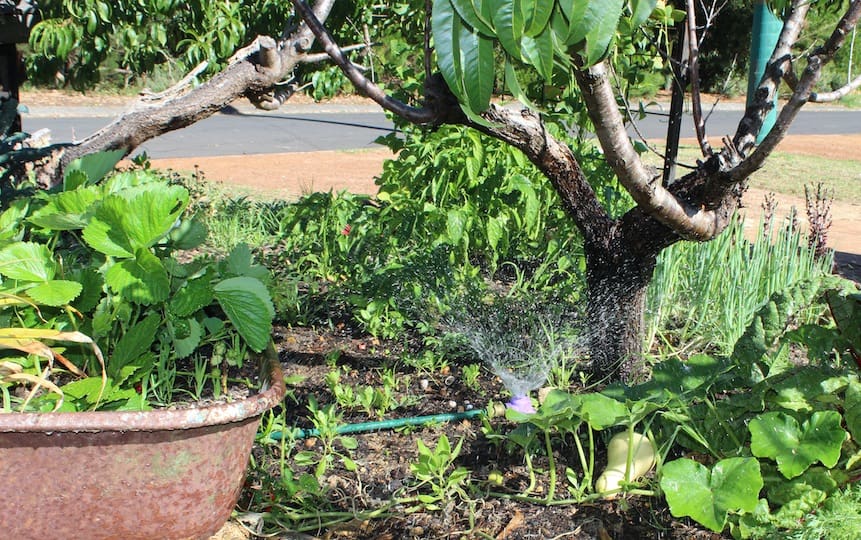

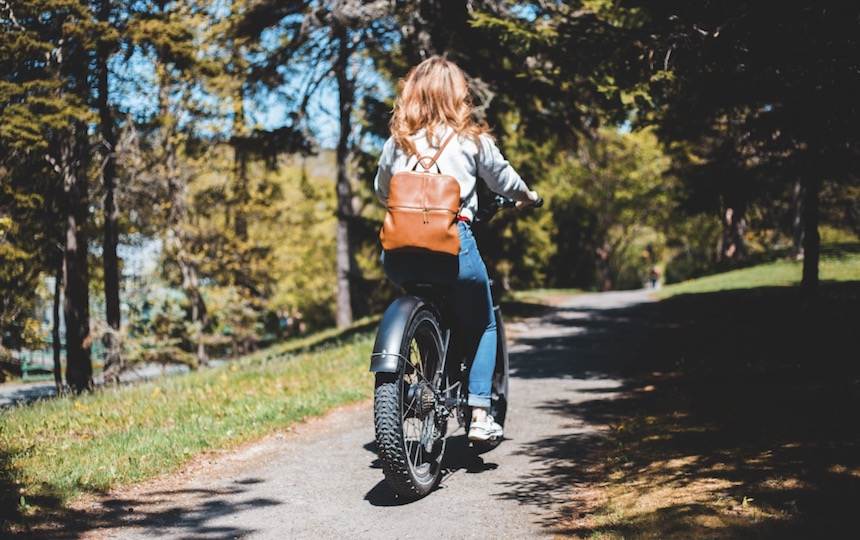
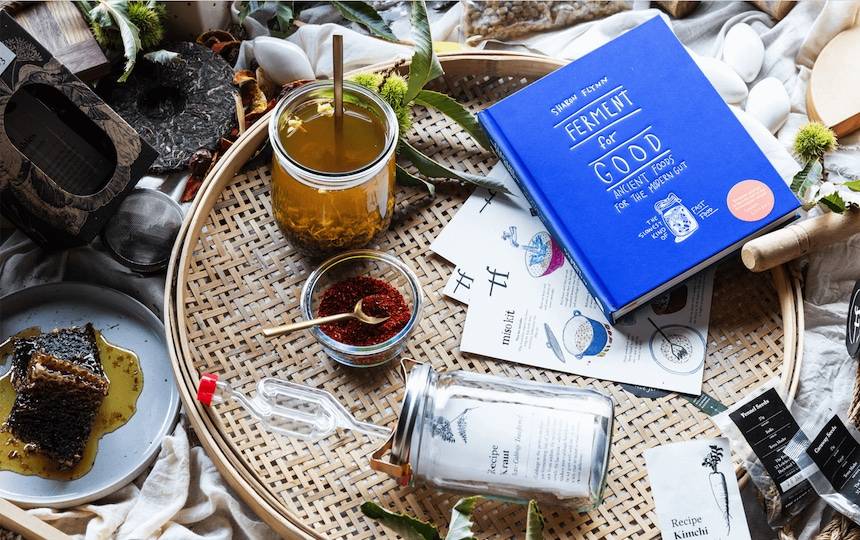
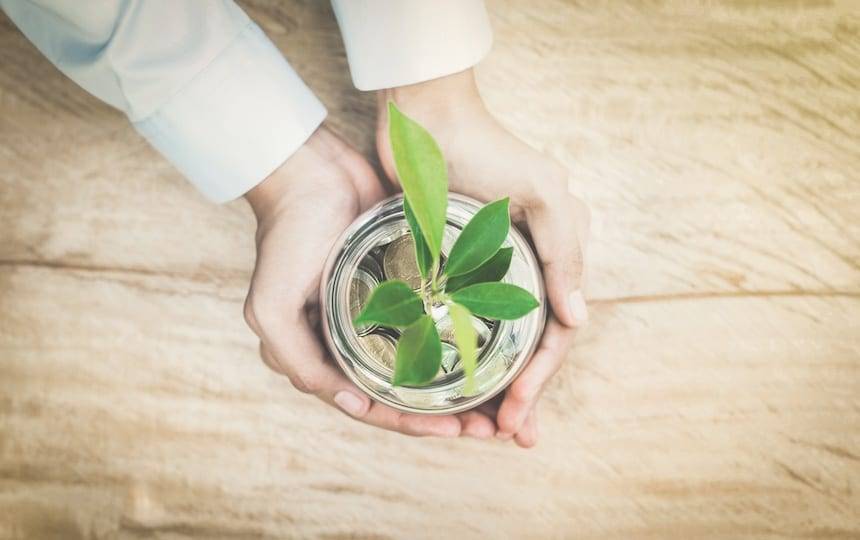
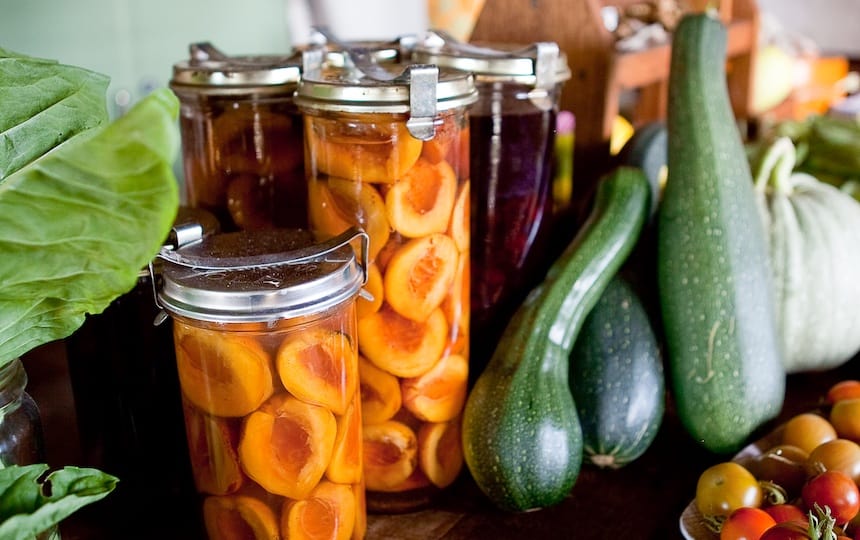
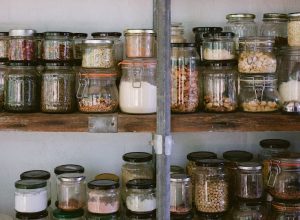

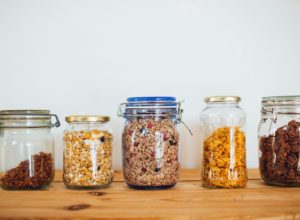
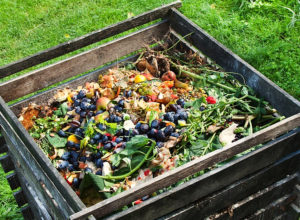




This is so interesting, thanks for sharing such tips, they are so helpful to me.